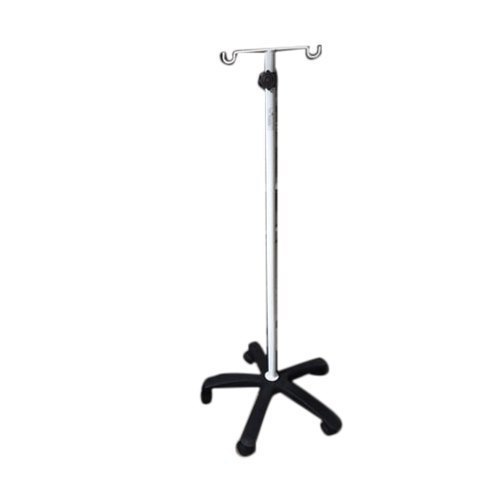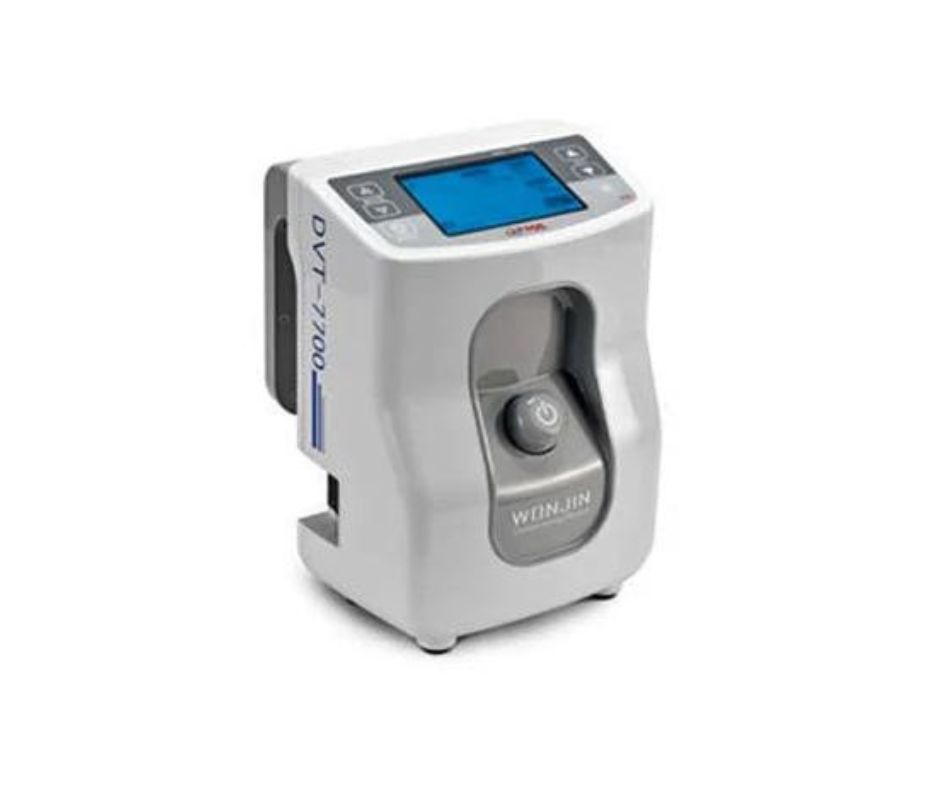
Flow Meter
A flow meter is a device used to measure the rate at which a fluid (liquid or gas) is flowing through a specific point in a pipeline, channel, or other conduit. Flow meters are essential tools in various industries and applications, including water supply systems, industrial processes, oil and gas pipelines, HVAC (heating, ventilation, and air conditioning) systems, and medical equipment.
The primary purpose of a flow meter is to provide accurate and real-time flow rate information, which is crucial for process control, billing purposes, system optimization, and detecting anomalies or leaks. Flow meters work based on different principles, and various types of flow meters are available to suit specific applications.
Air Bed
BIPAP machines can be used in hospitals, and are also available for those who need them at home & BIPAP Machine Services in Ghaziabad, Greater Noida, Delhi NCR, Faridabad, Gurugram, Meerut and Kanpur. Home BIPAP machines are compact — about the size of a toaster. The machine features a tube that connects to a mask which is worn over your nose and mouth. Like other ventilators, BIPAP machines use pressure to push air into your lungs. Depending on the settings, this opens the lungs, improving the level of oxygen in the blood and decreasing the carbon dioxide.
We provide rental service of ultrasound therapy unit all over Ghaziabad, Greater Noida, Delhi NCR, Faridabad, Gurugram, Meerut and Kanpur.


Humidifier
A humidifier bottle, also known as a humidification bottle or humidifier canister, is a medical device used to add moisture to the air delivered to a patient during respiratory therapy. It is commonly used in various medical settings, including hospitals, clinics, and homecare environments. The purpose of a humidifier bottle is to prevent the drying of the respiratory tract and to improve the comfort and effectiveness of oxygen or medical gas therapy.
A humidifier bottle, also known as a humidification bottle or humidifier canister, is a medical device used to add moisture to the air delivered to a patient during respiratory therapy. It is commonly used in various medical settings, including hospitals, clinics, and homecare environments. The purpose of a humidifier bottle is to prevent the drying of the respiratory tract and to improve the comfort and effectiveness of oxygen or medical gas therapy.
Nasal Mask
A nasal mask is a medical device used in positive airway pressure therapy, specifically in Continuous Positive Airway Pressure (CPAP) and Bilevel Positive Airway Pressure (BiPAP) treatments for sleep apnea. It is a type of interface that covers the nose to deliver pressurized air from the CPAP or BiPAP machine to the patient's airway, helping to keep the airway open during sleep and prevent episodes of obstructive sleep apnea.
It's important to note that nasal masks may not be suitable for all patients. Some individuals may prefer or require other types of interfaces, such as full-face masks or nasal pillows, based on their specific needs and comfort preferences. Proper education, mask fitting, and ongoing support from healthcare providers are crucial to ensure successful and compliant positive airway pressure therapy.


BIPAP & CPAP Mask
BIPAP (Bi-level Positive Airway Pressure) and CPAP (Continuous Positive Airway Pressure) masks are medical devices used in positive airway pressure therapy for the treatment of sleep apnea and other respiratory conditions. Both BIPAP and CPAP therapy involve the delivery of pressurized air to the patient's airway to keep it open during sleep, preventing airway collapse and episodes of apnea (breathing pauses).
A BIPAP mask is used in BIPAP therapy, which provides two different levels of positive airway pressure: a higher pressure during inhalation (IPAP - Inspiratory Positive Airway Pressure) and a lower pressure during exhalation (EPAP - Expiratory Positive Airway Pressure). BIPAP therapy is often prescribed for patients who require higher pressure support or have difficulty exhaling against a fixed pressure, which can be uncomfortable for some users.
A CPAP mask is a type of interface used in CPAP therapy, where a continuous and fixed level of positive airway pressure is delivered throughout the breathing cycle. CPAP masks come in various designs, and the choice of mask depends on individual comfort and treatment needs.
IV Stand
An IV stand, also known as an intravenous stand or infusion stand, is a medical device designed to hold and support intravenous (IV) bags or bottles during medical treatments that require the administration of fluids, medications, or blood Equipments On Sale directly into a patient's bloodstream. The IV stand provides a stable and adjustable platform for suspending IV solutions at the appropriate height, making it easier for healthcare providers to deliver treatments to patients effectively.
The use of IV stands is essential for safe and efficient administration of intravenous treatments, as it helps prevent spills, ensures accurate flow rates, and enables healthcare providers to closely monitor patients during therapy. Regular maintenance and cleaning of IV stands are necessary to prevent the risk of contamination and ensure their proper functioning during patient care.


DVT Pump Slieve
A DVT pump slieve, also known as a Sequential Compression Device (SCD), is a medical device designed to prevent Deep Vein Thrombosis (DVT) and promote blood circulation in the lower extremities. DVT is a condition where blood clots form in the deep veins of the legs, potentially leading to serious complications if the clot dislodges and travels to the lungs, causing a pulmonary embolism.
The primary function of a DVT pump is to prevent the formation of blood clots in patients who are at risk for DVT, especially those who are immobile for extended periods. It is commonly used in hospitals and healthcare settings for patients who are bedridden or undergoing surgery, as they have a higher risk of developing blood clots.
Pulse Oximeter
A pulse oximeter is a medical device used to measure the oxygen saturation level in a person's blood. It's a non-invasive and painless way to monitor oxygen levels, typically by attaching the device to a person's finger, although it can also be used on other parts of the body like the earlobe or toe.
Pulse oximeters are commonly used in hospitals, clinics, and home healthcare settings to monitor patients with respiratory or cardiovascular conditions, during surgeries, and in emergency situations. They are also increasingly used by individuals at home to track their oxygen levels, especially during the COVID-19 pandemic, as low oxygen saturation can be a sign of respiratory distress associated with the virus. However, it's important to note that pulse oximeters provide a single data point and should not replace professional medical advice or evaluation for any health concerns.

